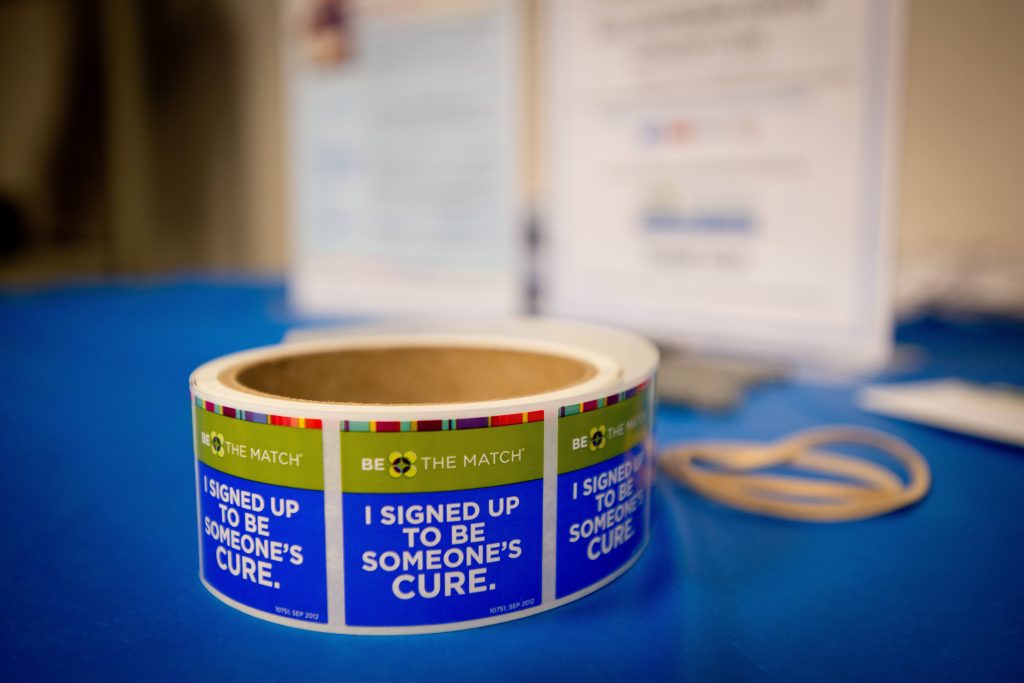-
In the Loop: Aja Fisher — leukemia patient and bone marrow registry diversity advocate

Aja Fisher's dream of becoming a doctor was put on hold after a leukemia diagnosis. She's sharing her story to help raise awareness of the need for bone marrow donors among minority populations.
Aja Fisher's dream of becoming a doctor was interrupted when she became a patient. It started with a "sharp, shooting pain down her left leg," The Florida Times-Union reports. A steroid shot provided relief. But two weeks later, the pain returned and was on the move, affecting Aja's back as well. Another injection led to another pain-free two weeks. Then the pain was back and moving again. "It was starting to affect my mobility," Aja tells the Times-Union. "I feared being paralyzed." Soon after, she received "a stunning diagnosis — leukemia." Aja "was in shock and in complete disbelief," she tells the paper. But she was also determined. "It wasn't really an option for me not to fight for my life."
That fight began in Atlanta, where Aja was attending college. Chemotherapy initially "sent the leukemia into remission." When it returned, Aja decided to return to her hometown of Jacksonville and begin treatment at Mayo Clinic. She had more chemotherapy and eventually was told she would need a bone marrow transplant. "I had a lot of questions," she tells the Times-Union. They were answered by "an amazing team and a determined doctor" — James Foran, M.D., a hematologist/oncologist at Mayo Clinic.
One thing Aja learned was that as an African American, her likelihood of finding a compatible bone marrow donor on the national registry was just 23 percent. "The biggest challenge that we have to find donors to proceed with bone marrow transplantation is ethnicity," Ernesto Ayala, M.D., a hematologist/oncologist, tells Mayo Clinic News Network. "If I have a patient that belongs to an ethnic minority, then I will only find a donor in the registry in about 20 to 25 percent of cases."
________________________________________________







